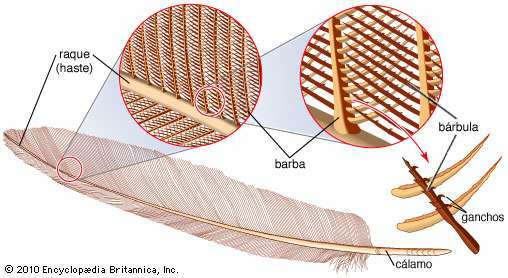Responsible for transporting ingested water and food and, subsequently, for its use by the body through mechanical and chemical processes, the digestive (or digestive) system basically consists of a digestive tube and related structures, such as stomach, esophagus, small and large intestine, among others.
The digestive system can be affected by diseases of different severity. Check out 5 of them below:
Index
- 1. Appendicitis
- 2. Gastroesophageal reflux disease (GERD)
- 3. Gastric ulcer (peptic)
- 4. pancreatitis
- 5. Diverticulitis
1. Appendicitis

Appendicitis is an inflammation that occurs in the appendix, an organ located in the cecum, the first portion of the large intestine. It causes pain, fever, nausea, vomiting, lack of appetite and digestive tract collapse.
The cause of appendicitis is usually related to obstruction of the appendix due to the retention of various materials, such as fecal remains. The disease is more common in people between 20 and 30 years, it is only treated with surgery.
2. Gastroesophageal reflux disease (GERD)

Also known as heartburn, gastroesophageal reflux disease (GERD) is a result of the return of gastric contents into the esophagus, which has the mucosa irritated by acidic substances present in the material. In certain cases, the substance can reach the larynx, lungs and mouth, where it causes changes in the tooth.
Among the causes of GERD are the weakness of the muscles in the region between the esophagus and stomach, the hernia of hiatus and changes in the sphincter, a structure that acts as a valve and is also located between the two organs. Obesity, large meals before bedtime and ingestion of certain foods, such as coffee, tomatoes and alcoholic beverages, contribute to more recurrent heartburn.
GERD causes a dry cough, a burning sensation in the pit of the stomach or throat, severe chest pain, and recurrent lung diseases such as pneumonia and asthma. It is usually treated with medication and changing habits. In more severe cases it requires surgery.
3. Gastric ulcer (peptic)

- Free Online Inclusive Education Course
- Free Online Toy Library and Learning Course
- Free Online Math Games Course in Early Childhood Education
- Free Online Pedagogical Cultural Workshops Course
A gastric ulcer is a sore that arises in tissue in the stomach, duodenum (the junction of the stomach and the small intestine), or in the esophagus. The injury is a result of the action of stomach acids, which can become stronger due to stress and by the constant use of anti-inflammatory drugs and with acetylsalicylic acid, the presence of bacterium Helicobacter pylori in the region or by family history.
The main symptom of gastric ulcer is the sensation of pain and burning in the region between the navel and the sternum (bone below the collarbone), which manifests itself mainly when the patient has a stomach empty. In addition to pain, vomiting with signs of blood and dark or red stools can also be signs of the disease. Treatment is done using medication such as antacids or antibiotics.
4. pancreatitis

Pancreatitis is an inflammation of the pancreas. It is classified in acute and chronic. Its main cause is the high consumption of alcohol.
Acute pancreatitis happens when gallstones (stones in the gallbladder) obstruct the common bile duct, the duct that transports bile, fluid produced by the liver to digest fats and capture nutrients. This obstruction interrupts the flow of pancreatic secretions, which causes intense inflammation and an accumulation of fluid inside the pancreas.
The chronic, in turn, is when successive changes and inflammations occur in the pancreatic parenchyma, which generates fibrosis and hardening of the gland, and consequently, atrophy of the pancreas.
The main symptom of acute pancreatitis is severe abdominal pain that starts in the upper abdomen and radiates to the back. Other signs are nausea, vomiting and jaundice, a yellow coloration of the skin, mucous membranes and eyes. In chronic pancreatitis, pain, diarrhea and diabetes are the consequences of the disease.
The treatment of both pancreatitis is done clinically. In the case of acute, it requires hospitalization, so that the patient is fasted and hydrated with saline in the vein. In chronic, changing habits, such as a healthier diet without fatty foods. Drinking alcohol is prohibited.
5. Diverticulitis

Diverticulitis is inflammation of the diverticula, gastrointestinal bumps that retain small amounts of stool and where bacterial colonies can lodge.
The disease can be caused by the patient's genetic predisposition, aging and the consequent intestinal musculature less elastic, by a diet low in fiber or by increased pressure inside the colon, central part of the intestine thick.
Symptoms of diverticulitis depend on the severity of the disease. They are: pain below the navel, constipation, diarrhea, blood in the stool, difficulty in urinating, nausea, fever, vomiting, among others.
If the condition of diverticulitis is not severe, the treatment of the disease can be done with a light and liquid diet combined with the prescription of analgesics and antibiotics. If the response is not positive or the severity of the inflammation is greater, surgery and drainage will be necessary.
The password has been sent to your email.



